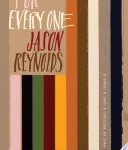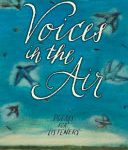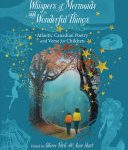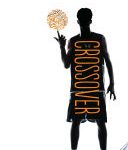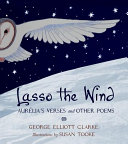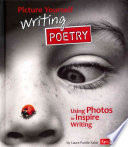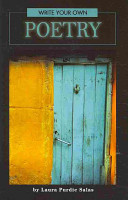Vous trouverez ci-dessous une sélection de ressources pour les enseignant.e.s pour enseigner le français comme langue additionelle (FLA) ou l’immersion en français, ainsi que des livres bilingues et faciles à lire pour les élèves.
Pour apprendre comment effectuer une recherche de ressources supplémentaires, veuillez consulter la section « Trouver d’autres ressources » au bas de la page.
Listed below are selected teacher resources for teaching French Language Learners (FLL) or French Immersion, as well as bilingual and easy to read French books for students.
To learn how to search for more resources, please see the “Finding More Resources” section at the bottom of the page.
Ressources pour les enseignant.e.s (français)
Accès au succès : faciliter l’inclusion pour les apprenants de langues
Par Katy Arnett et Renée Bourgoin.
Cet ouvrage est la première ressource didactique à intégrer des principes et des théories de la conception universelle pour l’apprentissage et l’apprentissage d’une langue seconde avec des pratiques basées sur la recherche pour répondre aux divers besoins des classes d’aujourd’hui. Les auteures y arrivent en établissant quatre points d’accès à l’enseignement inclusif des langues secondes. Comprend des plans de cours et d’autres outils d’instruction.
 L’immersion en français au Canada : guide pratique d’enseignement
L’immersion en français au Canada : guide pratique d’enseignement
Par l’Association canadienne des professionnels de l’immersion (ACPI) sous la direction de Sylvie Roy.
Une présentation compréhensible, accessible et pratique des divers contextes de l’immersion, des défis et des enjeux, des principes de base et des approches pédagogiques qui y réussissent. Le guide comprend trois parties : 1. L’immersion : historique et enjeux; 2. L’immersion : littératie et approches pédagogiques; 3. Les adultes : leaders et modèles. Il aborde la diversité culturelle dans les environnements d’immersion, ainsi que l’enseignement différencié. Comprend des plans de cours et des fiches d’évaluation pour les enseignant.e.s et les élèves.
Par Renée Bourgoin.
Niveau scolaire : Préscolaire à 12
Manuel et le cahier d’exercices disponibles séparément. Cet ouvrage de référence s’adresse aux enseignants de français langue seconde qui cherchent des façons de soutenir les lecteurs en langues secondes afin de les aider à devenir des lecteurs compétents et confiants. En plus des chapitres offrant des precisions sur les pratiques exemplaires d’enseignement, l’ouvrage propose un large éventail d’interventions en lecture. Comprend des plans de cours et des fiches d’évaluation pour les enseignant.e.s et les élèves.
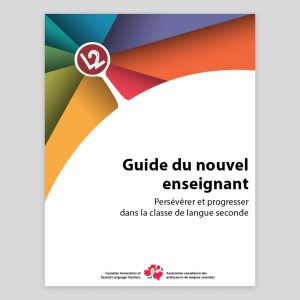 Guide du nouvel enseignant: persévérer et progresser dans la classe de langue seconde,
Guide du nouvel enseignant: persévérer et progresser dans la classe de langue seconde,
Par l’Association canadienne des professeurs de langues secondes.
Ce guide simple et clair destiné aux nouvelles et nouveaux enseignant.e.s présente dix scénarios communs auxquels illes peuvent être confronté.e.s, et offre des conseils et des solutions. Le guide compile et oriente également les enseignants vers des centaines de ressources externes.
 70 activités motivantes de communication orale,
70 activités motivantes de communication orale,
Par Thierry Karsenti et Simon Collin
Niveau scolaire : Préscolaire à 12
70 activités pour soutenir la communication orale des élèves apprenant le français. Comprend des plans de cours et des fiches d’autoévaluation pour les élèves.
 70 activités motivantes de communication écrite : soutenir les élèves dans leur cheminement en écriture,
70 activités motivantes de communication écrite : soutenir les élèves dans leur cheminement en écriture,
Par Joseph Dicks, Renée Bourgoin, Josée LeBouthillier, Allan Roy et Chantal Lafargue
Niveau scolaire : Préscolaire à 12
70 activités pour soutenir les élèves dans leur cheminement vers la maitrise du français écrit.
 70 activités motivantes de lecture,
70 activités motivantes de lecture,
Par Johanne Proulx et Christine Thibaudier-Ness
Niveau scolaire : Préscolaire à 12
70 activités pour développer la compétence, compréhension et l’envie de lire chez les élèves en contexte d’immersion.
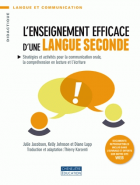 L’enseignement efficace d’une langue seconde : stratégies et activités pour la communication orale, la compréhension en lecture et l’écriture,
L’enseignement efficace d’une langue seconde : stratégies et activités pour la communication orale, la compréhension en lecture et l’écriture,
Par Julie Jacobson, Kelly Johnson et Diane Lapp ; traduction et adaptation par Thierry Karsenti
Niveau scolaire : Maternelle à 12
Présente un modèle d’approche intégrée avec 25 stratégies qui aideront les élèves à apprendre le français langue additionelle en contexte d’immersion. Cible les habiletés telles que la compréhension, la prononciation, l’aisance à l’oral et en lecture, et fournit plus de 30 fiches reproductibles, des suggestions de sites Web et de littérature jeunesse.
Vers une approche intégrée en immersion
Par Roy Lyster.
Intègre l’enseignement de la langue et l’enseignement du contenu disciplinaire. Explique les principales difficultés langagières des élèves en immersion et présente le modèle de l’approche intégrée. Fournit des outils, fiches reproductibles et un DVD avec de courtes vidéos réalisées en salle de classe.
Le portfolio Canadien des langues pour enseignants,
Par Miles Turnbull.
Niveau scolaire : Préscolaire à 12
Un outil de perfectionnement professionnel pour les enseignant.e.s FLA ou les étudiant.e.s dans le domaine de l’éducation qui envisageant une telle carrière. Construit sur la base du Cadre européen commun de référence pour les langues (CECR), il s’agit d’un outil d’auto-évaluation permettant de mesurer ses compétences actuelles en français, de préparer un plan d’action personnalisé et de suivre ses progrès.
Teacher Resources (English)
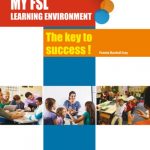 My FSL learning environment : the key to success!
My FSL learning environment : the key to success!
By Pamela Marshall Gray ; series editor, Marie Turcotte.
Grade level: Kindergarten – 12
A short-and-sweet, practical guide to fostering a positive teaching and learning social and physical learning environment where students with a variety of profiles, experiences and proficiencies can learn. It addresses learning from the student’s perspective, and helping them develop skills so that they can successfully listen, interact, read and write in French. Includes instructional practices, classroom scenarios, and teacher tips.
 Strategies for success : tools for the second-language classroom
Strategies for success : tools for the second-language classroom
By Marcelle Faulds.
A comprehensive resource that combines professional learning for French as a Second Language teachers with hundreds of practical ideas, activities, and assessment tools. Covers creating a supportive classroom, lesson planning, differentiated instruction, and different strategies to support listening, speaking, reading, writing. Includes lesson plans, student worksheets (in French) and assessment tools in print and on a CD.
Jumpstart! French and German : engaging activities for ages 7-12,
By Catherine Watts and Hilary Phillips.
Grade level: 1 – 6
Print and eBook. Presents a collection of simple to use, multi-sensory and fun games and activities that will jumpstart students’ understanding of French and hold their attention. The book also contains a range of innovative ideas to help you set the scene in your language classroom. Includes activities and lesson plans.
 Bringing French to life : creative activities for 5-11,
Bringing French to life : creative activities for 5-11,
By Catherine Watts and Hilary Phillips.
Grade level: Kindergarten – 5
eBook. Presents an arts-based and creative, cross-curricular approach to teaching languages in primary schools, combining French language learning with various aspects of curriculum such as literacy, math and physical education. Includes lesson plans, activities and reproducible resources for projects.
Livres bilingues et lecteurs faciles pour les élèves
Bilingual and Easy Reader Books for Students
Bilingual and Multilingual Picture Books: French – Livres bilingues et multilingues : français
Easy and Level Readers – Lecteurs faciles (français)
Trouver d’autres ressources
Voici quelques conseils pour trouver d’autres ressources dans ce domaine :
- Pour trouver des matériaux à travers toutes les bibliothèques de l’UBC et en ligne, aller sur le site principal de la bibliothèque de l’UBC et utilisez la boîte de recherche générale.
- Pour limiter vos résultats aux matériels disponibles à la Bibliothèque de l’éducation, visitez le site web de la Bibliothèque de l’éducation et effectuez une recherche à l’aide de la case “Search Education Resources” située dans la bande à gauche de l’écran.
- Remarque : Parce que les ressources sont principalement cataloguées en anglais dans le système de l’UBC, ces termes de recherche donnent généralement plus de résultats que les recherches effectuées en français. Vous pouvez filtrer votre liste de résultats par langue dans la barre latérale de gauche.
- “foreign speakers”, “immersion”, “study and teaching”, “second language”, “language learner”, or “foreign language” AND French
- “FLL” ou “FSL”
- Pour trouver des plans de cours, incluez “lesson plans”, “lesson planning”, ou “activity programs” dans vos termes de recherche.
- Quelques vedettes-matières pertinentes, qui permettent de retrouver des ressources à travers toutes les bibliothèques de l’UBC et en ligne :
–
Finding More Resources
To find more resources in this area, try the following:
- To find materials across all UBC Library branches and online content, go to the UBC Library website and use the General tab to search.
- To find physical materials in the Education Library, go to the Education Library website and use the Search Education Resources box on the left to search.
- Use specific search terms, such as:
- “foreign speakers”, “immersion”, “study and teaching”, “second language”, “language learner”, or “foreign language” AND French
- “FLL” or “FSL”
- To find lesson plans, include “lesson plans”, “lesson planning”, or “activity programs” in your search terms.
- Some relevant Subject Headings, which retrieve materials across all UBC libraries and online, include:




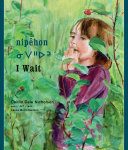
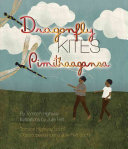
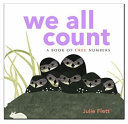
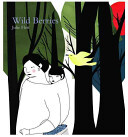
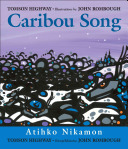

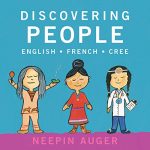
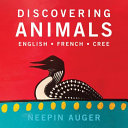
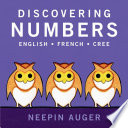
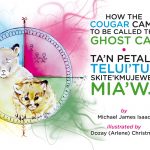
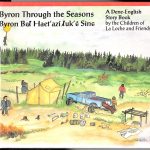
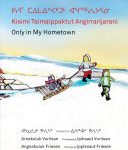
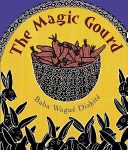
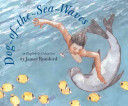
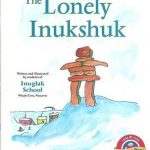


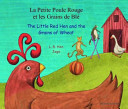
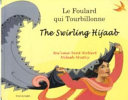
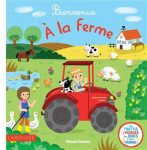

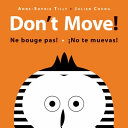
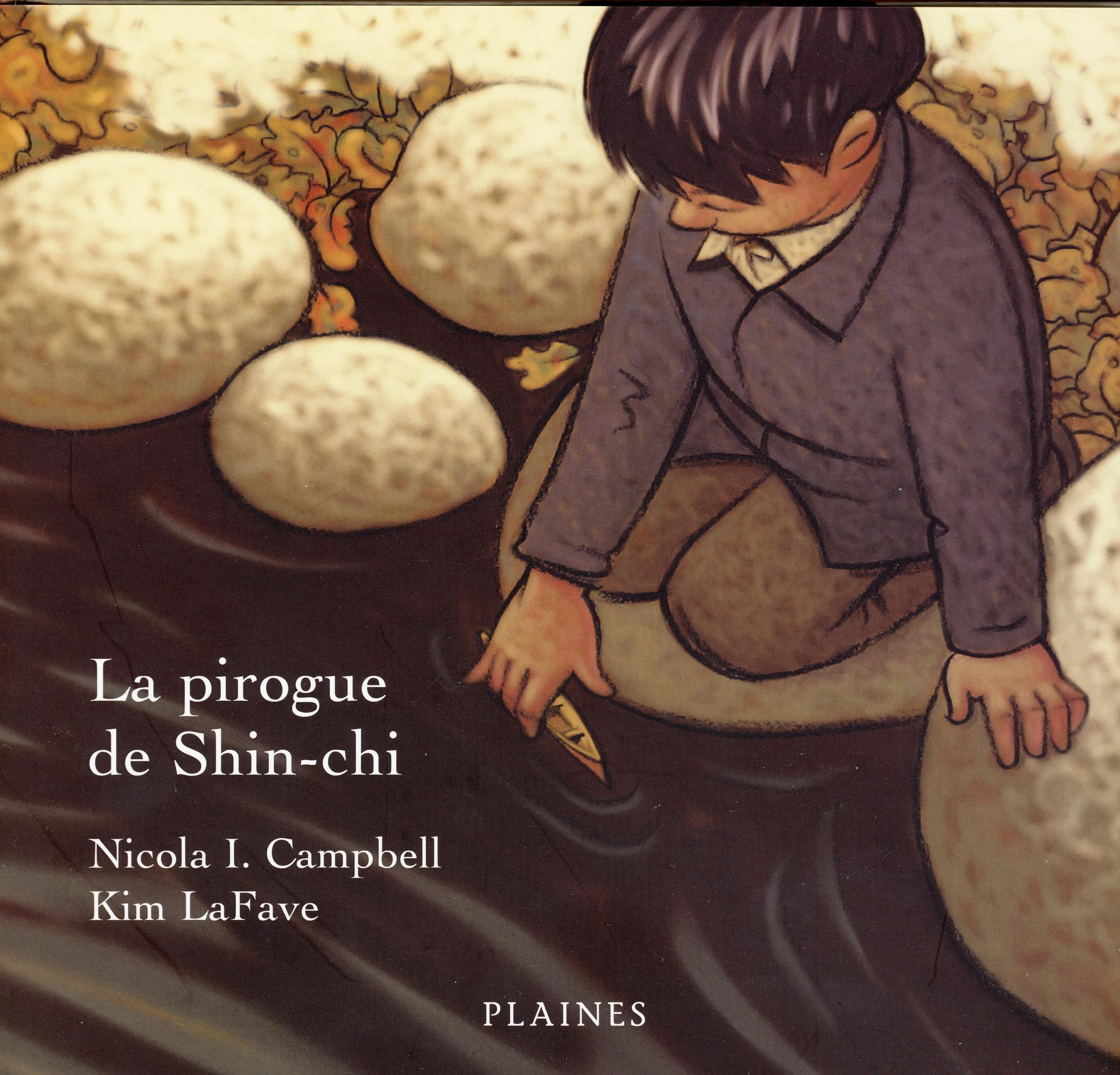
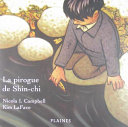
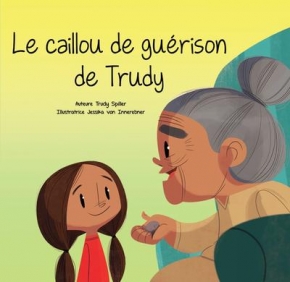
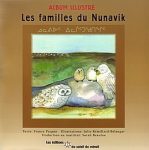
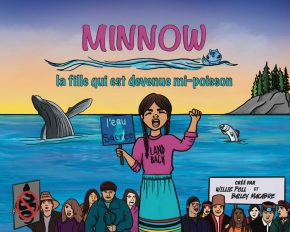
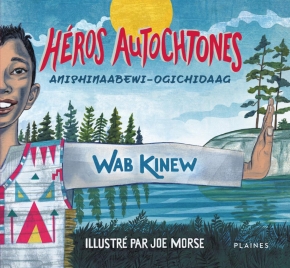
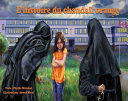
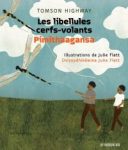
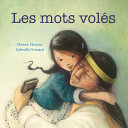

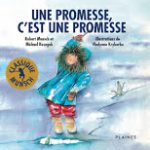
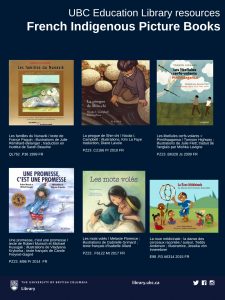

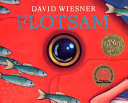


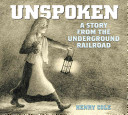
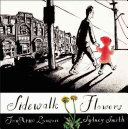
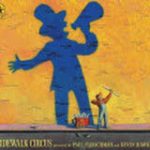

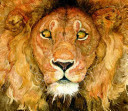
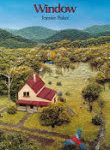

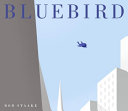


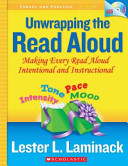

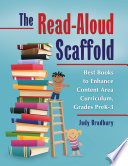
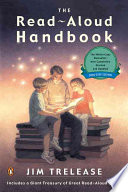
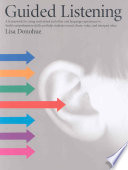
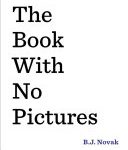

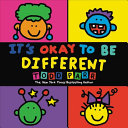
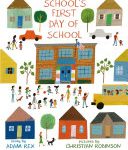

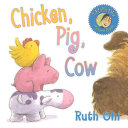

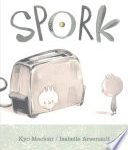


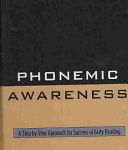

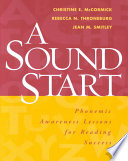
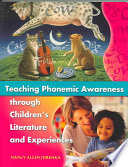
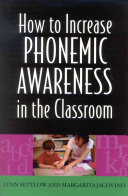
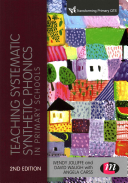

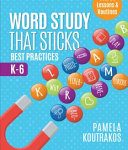

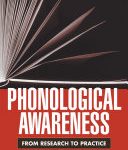

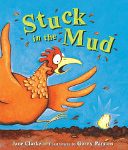
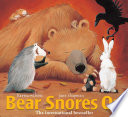

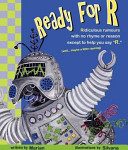
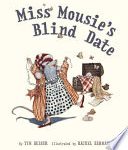





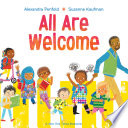
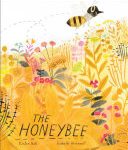
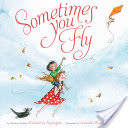
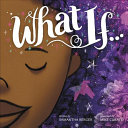
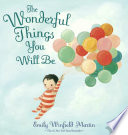

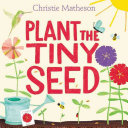
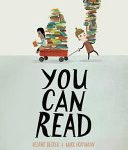


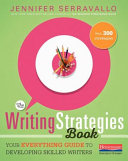
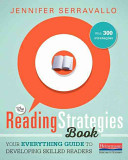

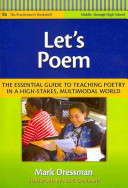

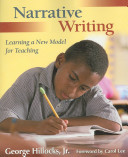
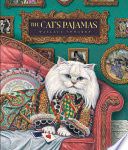
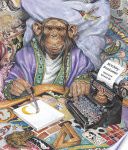


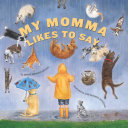


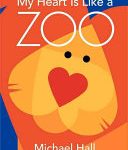


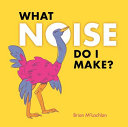

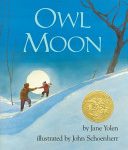
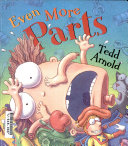
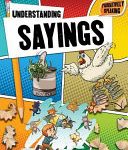

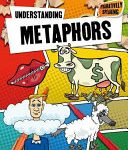
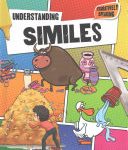


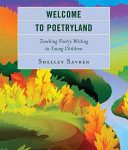
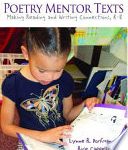
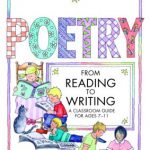
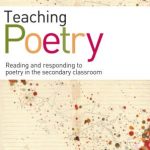

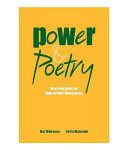
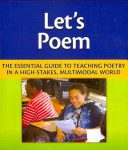

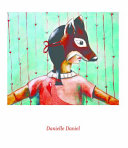
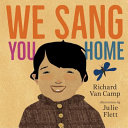

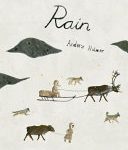


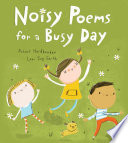
 This is a poem that heals fish
This is a poem that heals fish